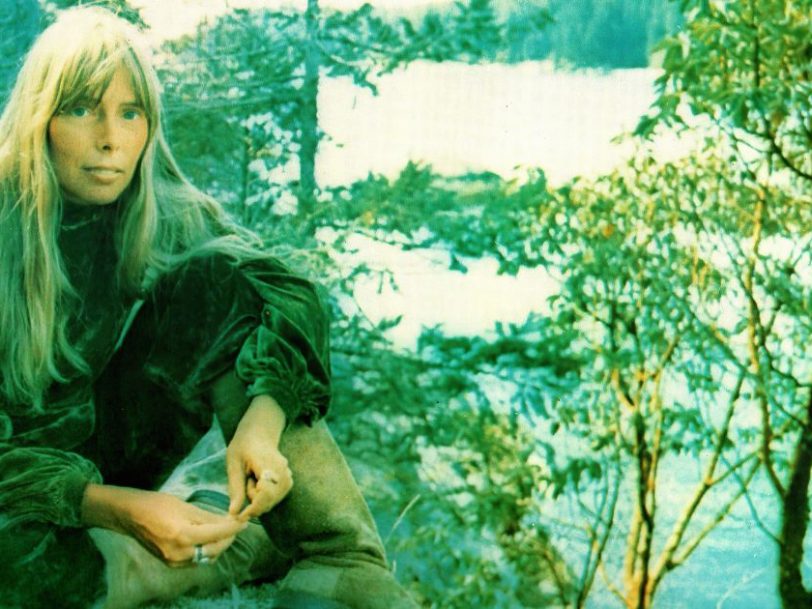Sandwiched between her most critically acclaimed album (Blue) and her most commercially popular (Court And Spark), Joni Mitchell’s fifth album, 1972’s For The Roses, is often overlooked. How could it possibly compete with the path-forging of its older sister Blue, or with the love showered on the younger Court And Spark? Just like a middle child, For The Roses is rarely afforded the same levels of attention as its siblings. It’s only by really getting to know the album that its distinctiveness shines.
“All my life I’ve had a battle going between the spiritual and the sensual”
Both For The Roses’ title and its album cover, which pictures Mitchell among nature, suggests something of a retreat from the dark-café confessionals of Blue. Is this a plunge into a natural paradise, the type that was paved over on Big Yellow Taxi? Well, no – at least not in any conventional sense. As Mitchell explained directly to her fans at a concert in 1972, For The Roses is “when you take this horse and he comes charging to the finish line and they throw a wreath of flowers around his neck and then one day they take him out and shoot him”. So definitely not about a bunch of pretty flowers, then. Mitchell had a cubist-like painting of a bunch of roses sticking out of a horse’s ass that she wanted for the cover – but she lost that fight with her record company, and the more conventional shot of her in the wild was used instead.
What Mitchell saw was an analogy between that horse, striving for glory before being killed when his usefulness ran out, with her own experiences in the music industry. Though she was arguably at the height of her commercial reach in the first half of the 70s, a prescient Mitchell knew that it would not last forever; she had seen the business spit out women, however talented, when the wrinkles set in. There is an aura of self-protection that infuses the whole of For The Roses, perhaps as a reaction to the exposure of Blue’s confessionals.




